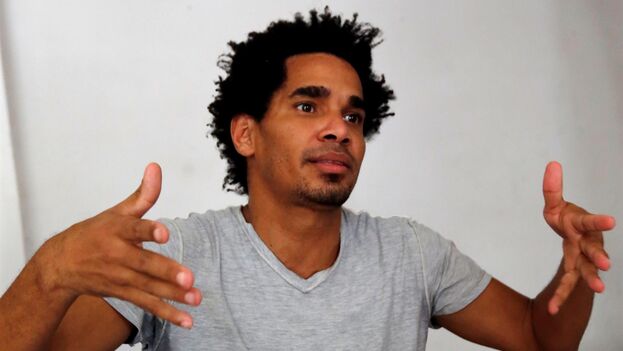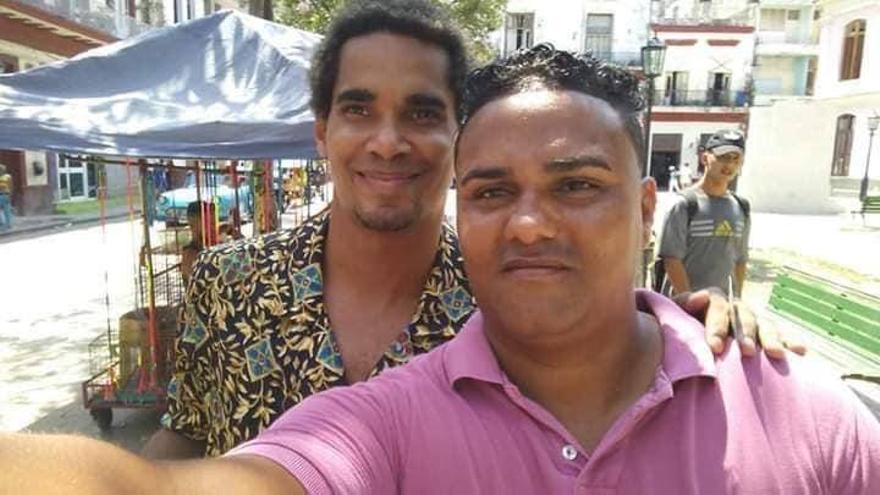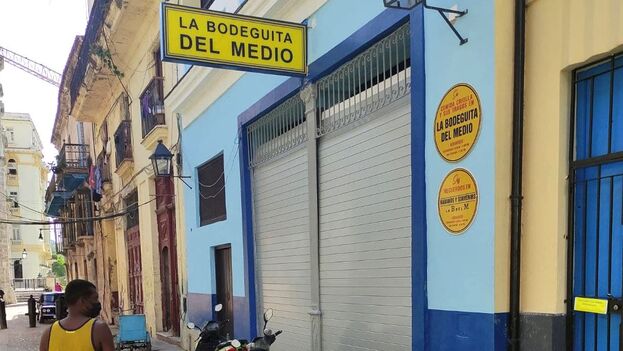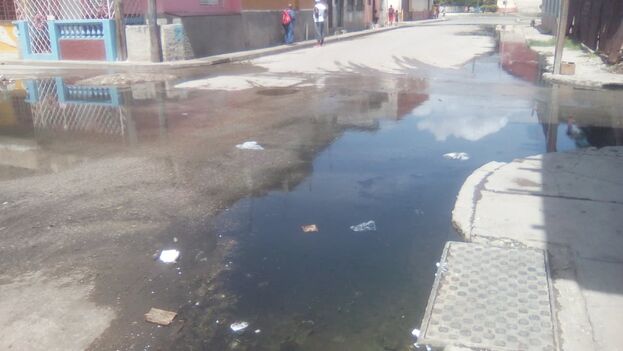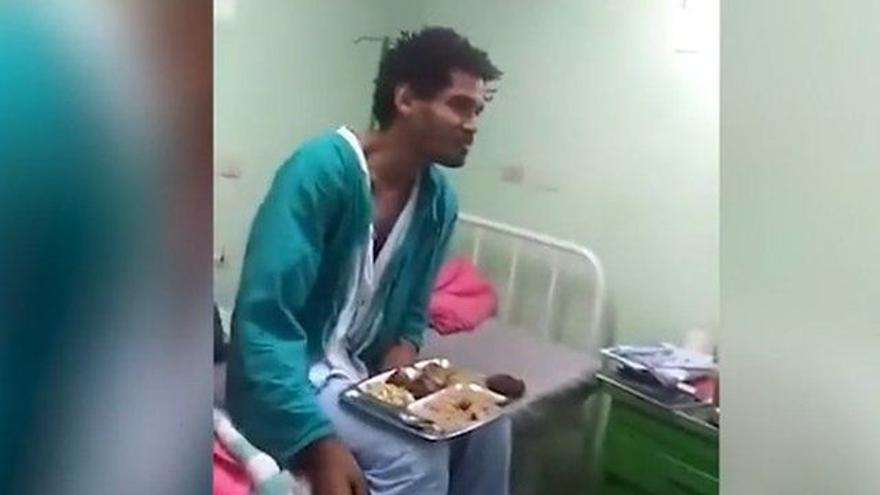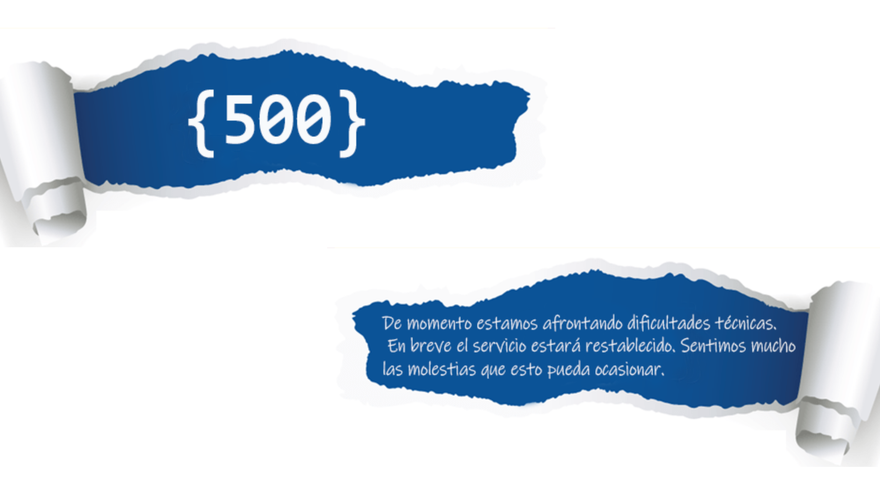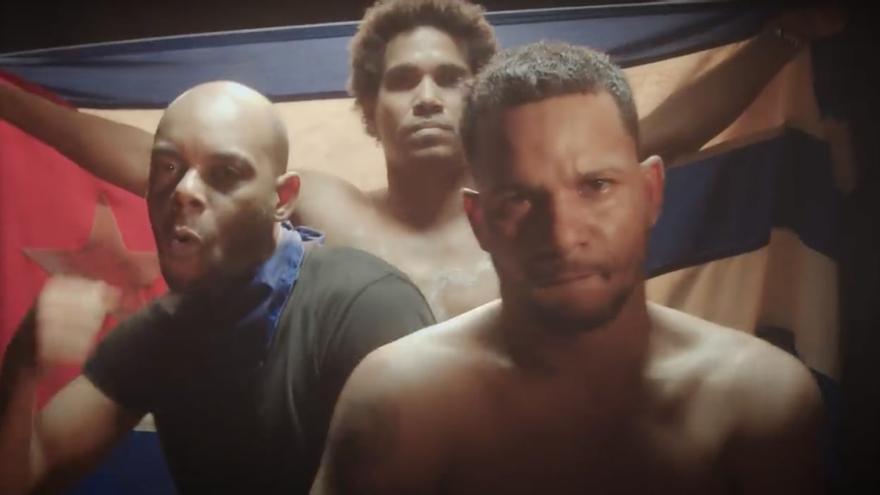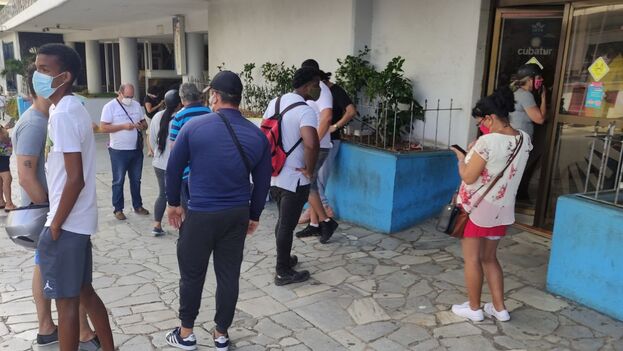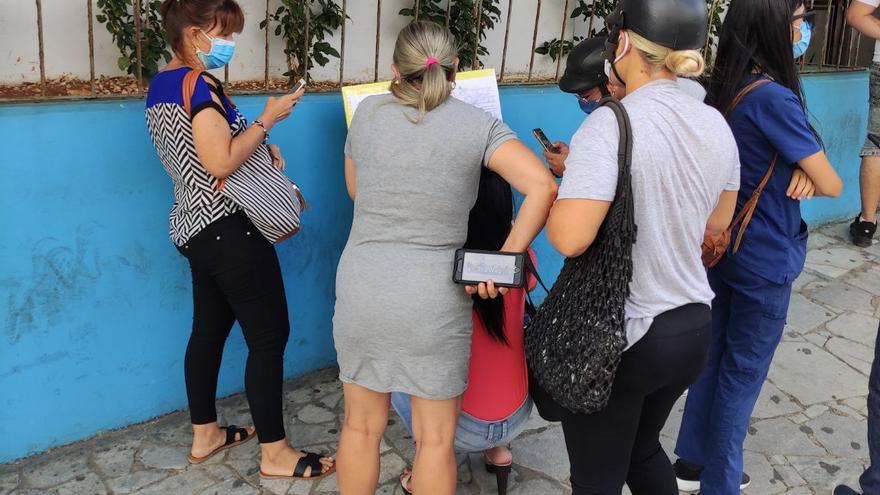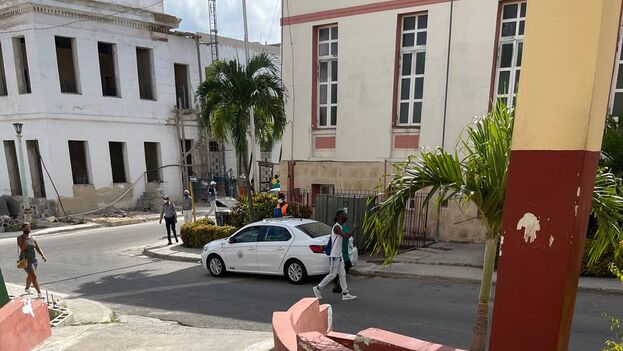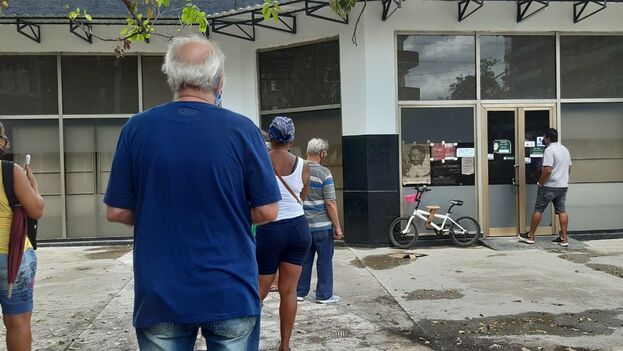
![]() 14ymedio, Havana, 26 May 2021 — China will donate 5,000 solar panels to Cuba for use in rural parts of the country. The panels have yet to be delivered but a symbolic handover took place on Monday at a ceremony in Guangzhou attended by Denisse Llamos, the Cuban consul general in that city.
14ymedio, Havana, 26 May 2021 — China will donate 5,000 solar panels to Cuba for use in rural parts of the country. The panels have yet to be delivered but a symbolic handover took place on Monday at a ceremony in Guangzhou attended by Denisse Llamos, the Cuban consul general in that city.
Llamos thanked the Chinese Ministry of Ecology and Environment for the donation, praising China’s involvement in the fight against climate change despite the fact that the Asian giant remains the world’s biggest polluter and promised to reduce emissions only a year ago.
China’s sudden environmental awareness began in 2020 when it announced a shift in policy and committed to one of the world’s most radical reductions in air pollutants. The world’s two largest economies, the US and China, account for 43% of the world’s emissions. continue reading
Since Xi Jingpin announced a new commitment to fighting climate change, Cuba has also ramped up its rhetoric on this issue. On accepting the donation in Guangzhou, the consul general described the gesture as “a sign of successful cooperation between the two socialist nations” to reduce greenhouse gas emissions.
The Cuban representative attending the event emphasized that multilateralism and global cooperation are the only options for confronting climate change.
China will also supply the island with 25,000 LED bulbs “to address electricity problems of families in remote rural areas.”
The collaborative relationship in solar energy between Cuba and China, however, predates the environmental interest recently expressed by both nations, which three years ago inaugurated the Pinar 220 A2 photovoltaic solar park.
The installation consists of 15,500 solar panels manufactured by the Chinese firm Yingly and operates between 8:00 AM and 7:00 PM. According to a 2019 report issued by the Xinhua agency, the plant was delivering roughly 4.4 gigawatts of power per hour to the Cuban National Electric System.
Trade between the island and the Asian economic giant has declined in recent years due to the Cuban regime’s unpaid debt to Peking. For example, imports of Chinese goods fell 40% in 2020, following a trend of the last five years.
The Cuban government sees solar energy as a way to take advantage of a natural resource the country has abundance but investment remains the major hurdle in building the infrastructure needed to harvest a solar energy.
Before the pandemic, the island had planned to build sixty-five facilities of this type while another fifteen were under development. These would have increased the current power supply by 42 gigawatts, or about 1.15% of national consumption.
Late last year The Cuban Electric Union (UNE) acknowledged that it was unable to guarantee production of photovoltaic for retail sale to the public. Imported devices like these can cost between 200 and 1,000 pesos for panels ranging from 900 watts to fifteen kilowatts.
According to data from the state-owned energy company, five 260-watt devices are required to meet the energy needs of a home with an average monthly consumption of 185 kWh.
In mid-March, executives of the Cuban customs service and UNE announced a prompt lifting of tariffs, which the electric company said was responsible for the current shortage. However, this has not yet happened.
Currently the government is selling photovoltaic systems for hard currency in online stores targeted to Cubans living overseas who make purchases for family on the Island. For example, a 270-watt solar panel is selling on Bazar Virtual, a site belonging to state-owned Copextel, for $2,549.02.
____________
COLLABORATE WITH OUR WORK: The 14ymedio team is committed to practicing serious journalism that reflects Cuba’s reality in all its depth. Thank you for joining us on this long journey. We invite you to continue supporting us by becoming a member of 14ymedio now. Together we can continue transforming journalism in Cuba.


